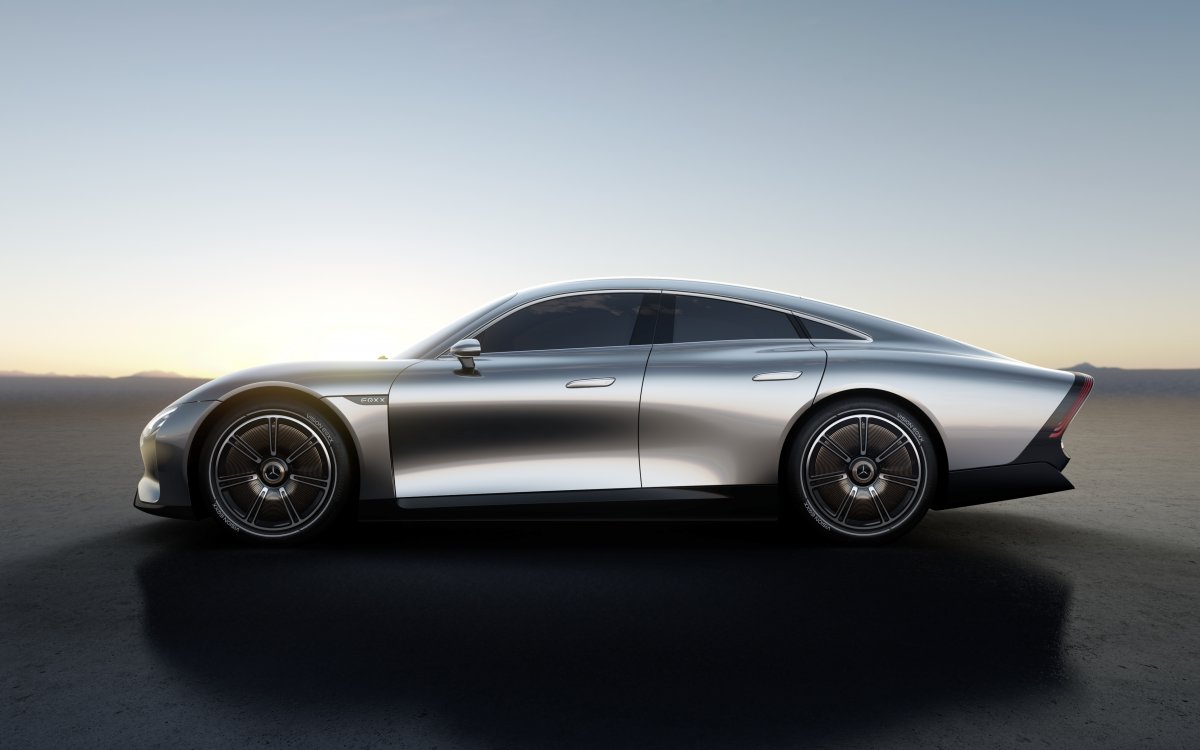We’ve written about the rise of electric vehicles (EVs) several times over the past few months, and as Canada continues to build out its supporting infrastructure and prioritize green initiatives, the prominence of EVs is only going to increase.
And yet even with the rise of EVs, there still remains so much mystery surrounding the technical jargon of the industry. So, we’ve decided to break down the literal ABCs of EVs. From innovative new models to the tools used to power them and everything in between, you can find all the answers to your EV inquiries in the glossary below.
AER: All-Electric Range is how far a vehicle can travel on a single charge.
BEV: Battery Electric Vehicles are powered by batteries, along with regenerative braking, which is standard in all EVs to recapture energy while driving (also see: FCEV, HEV, PHEV, ZEV).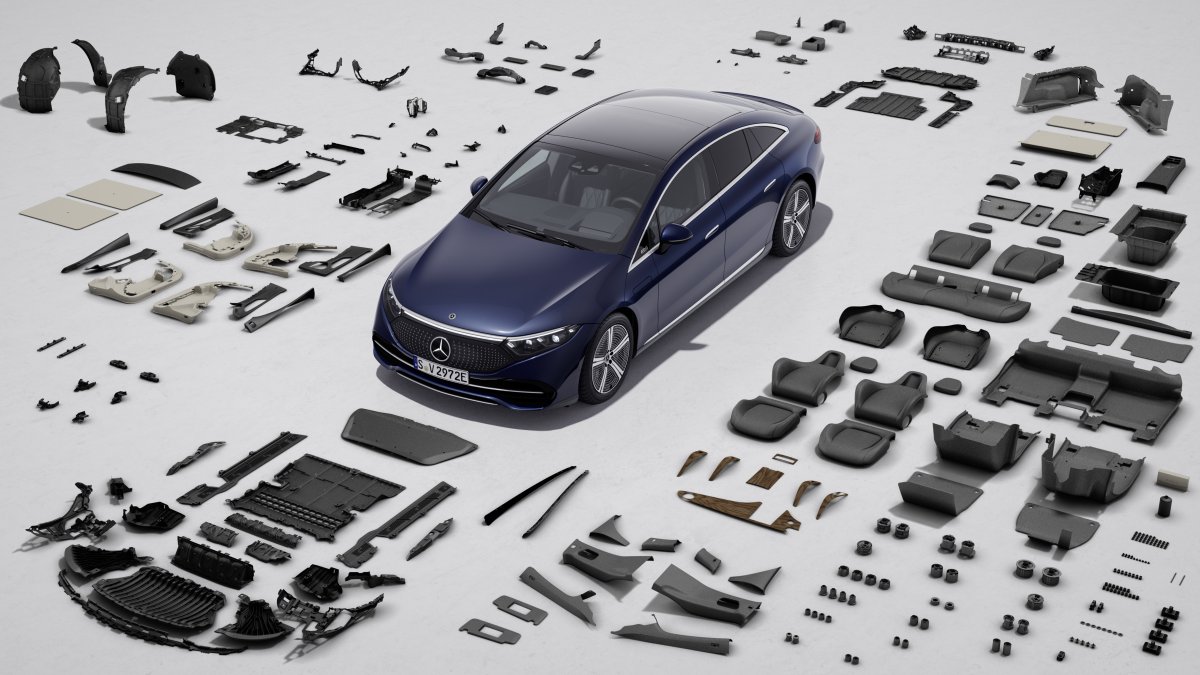

CHAdeMO connector: Used by many EVs, including the Nissan Leaf, this connector has the largest global coverage of all fast-chargers, with more than 40,000 charge points in 96 countries. Even so, it is being phased out by some automakers in favour of the Combo Charging System (CCS), a.k.a. SAE Combo plug.
DC Fast Charging: Also known as Level 3 charging, typical output ranges from 55 kW to 150 kW per hour, but some chargers can allow up to 400 kW. Tesla stations deliver 250 kW, while Electrify Canada chargers go up to 350 kW. Some vehicles, such as the Chevy Bolt, can’t utilize more than 50 kW per hour, so knowing an EV’s charging capacity is crucial (see “Levels”).
EV6: Winner of this year’s European Car of the Year, Kia’s first electric vehicle is a crossover with up to 510 km range and two battery options (up to 77.4 kWh). The GT edition has an impressive 576 hp.
RELATED: The Auto Philes: Mercedes’ Release Drives Canada’s EV Transformation
FCEV: Fuel Cell Electric Vehicles are powered by hydrogen, which only emits water vapour and air as byproducts. Sounds great, but try finding a public hydrogen station anywhere between Vancouver and Quebec City (you won’t). Current FCEV automakers include Toyota (Mirai), Honda (Clarity) and Hyundai (Nexo). BMW also recently revealed the iX5 Hydrogen (see “X”).
Genesis: Three new EVs are expected later this year: the “electrified” G80, GV60 and GV70. The first to become available, the all-wheel-drive GV60 (up to 429 hp, estimated 400 km range) will feature Drift and Boost modes, plus fingerprint and facial recognition. Genesis plans to produce only electric or hydrogen-powered vehicles by 2025.
HEV: Hybrid Electric Vehicles are more easily referred to as “hybrids.” A battery pack powered by regenerative braking supplements a conventional gas engine.
ICE: Not the immigration police, and not pronounced “ice”—this stands for Internal Combustion Engine, but it’s more appropriate to say “gas” engine when you aren’t talking to car nerds.
J plug: The SAE J1772 plug is the most common connector, compatible with all EVs sold in North America, but it only works for Level 1 and 2 charging.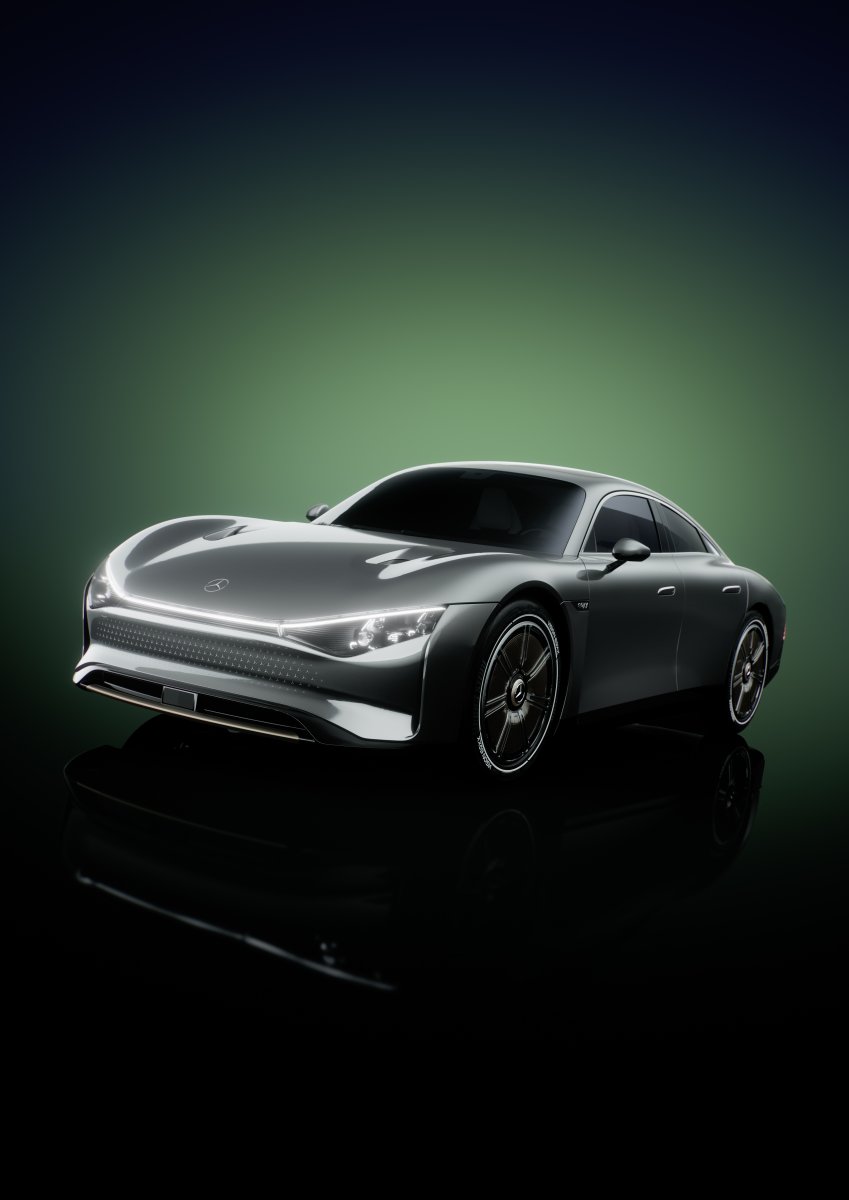

kWh: The same unit that electrical utility companies use to measure household power consumption, representing one kilowatt of power used for an hour. The largest EV batteries can store anywhere from 100 kWh (Tesla) to 210 kWh (in the upcoming GMC Hummer EV), but many companies are working to increase these limits.
Level 1, 2, 3 or 4: This refers to charging station speed, but not all EVs can utilize fast charging. Level 1 connects to a standard 120-volt household outlet, and while easily accessible, it’s also slow, averaging up to 10 km of range per hour of charging. A Level 2 charger is a common upgrade for household installations, using 240 volts to provide a full charge in about a third of the time of Level 1 (typically overnight, or slightly longer). Level 3 chargers, using 400 volts, can supply a full charge for most EVs in less than an hour. Level 4 ultra-fast chargers (such as Tesla’s) provide a peak output of 250 kW or higher, allowing a full charge in about 30 minutes or less.
Mercedes-Benz: Last year, the luxury automaker sold 227,458 hybrid and all-electric passenger cars, almost 70 percent growth over 2020. Its all-new EV flagship, the EQS—starting at $144,200, with up to 516 hp—launched in North America in late 2021. Several of the marque’s EQ (electric) models are among the few EVs that can travel from 500 to more than 700 km per charge.
Nissan: The second most prolific EV producer worldwide, mostly thanks to Leaf sales, is planning to launch 15 EVs by 2030 (see “QX Inspiration”). Later this year, Nissan will start delivering its first all-wheel-drive crossover EV, the Ariya (up to 306 hp, 480 km range).
ONE: Our Next Energy (ONE) is a Michigan-based battery maker funded in part by BMW. Its first production batteries are expected later this year, and it’s planning to develop a battery with a 1,200-km range.
PHEV: Plug-in Hybrid Electric Vehicles incorporate a gas engine and electric motor(s), charged by an external plug.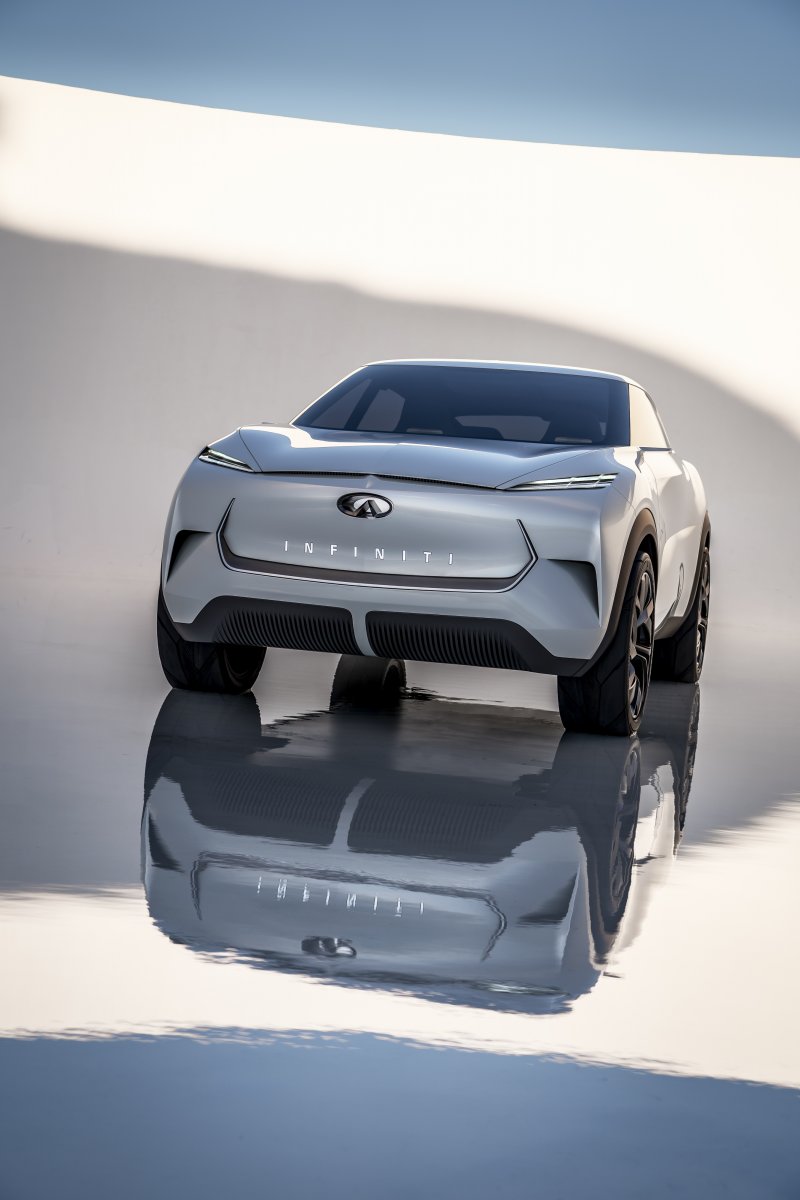

QX Inspiration: The first all-electric concept car by Infiniti was revealed in early 2019. The automaker (a division of Renault-Nissan-Mitsubishi) plans to transform its entire lineup into EVs, with the first hitting production lines in 2025.
RELATED: The Auto Philes: The Future According to Ford
Range anxiety: A feeling much like when the fuel gauge hovers near empty, but in this case, scarier. That’s changing quickly, however, especially with Canada’s recent commitment to install 50,000 EV charging ports across the country. Several factors affect range, so it can be hard to predict: a combination of battery capacity (see “kWh”), power output (motor/engine configuration), vehicle weight, and extreme outdoor temperatures can affect how much power an EV requires to run.
Skoda: A division of the Volkswagen Group, Skoda more than tripled its EV sales in 2021, thanks to the Enyaq compact crossover (up to 302 hp and 500 km range), built on the same EV platform used by Volkswagen and Audi.
Tesla: No matter what you think of Elon Musk, you have to give him credit for creating the world’s top-selling electric vehicle. In 2021, the Model 3 sold just over 500,000 units (also see: “Y”).
UV power: Yes, the sun’s rays can power a vehicle, as the Lightyear One proves. The “world’s first long-range solar car” is expected to run up to 20,000 km per year on UV power alone, using solar cells that are integrated into the roof and hood. Production starts this year.
Volkswagen: Last year, the automaker had two vehicles in the top five EVs sold worldwide, the ID.3 (not yet in Canada) and ID.4, but the big news is the ID.Buzz electric microbus, which is expected to arrive in North America next year, with a 400 km range and 170 kW fast-charging to reach full power in about 30 minutes. A camper van version is expected, eventually.
RELATED: The Auto Philes: Green Machines Are on the Rise
Wuling Hong Guang Mini EV: A joint venture between GM and two China-based automakers, this microcar is available as a two-door convertible or three-door hatchback, with three battery options this year, adding the top-level 26.5 kWh with 280 km range. First available in mid-2020, sales passed 500,000 units early this year, making it China’s best-selling EV.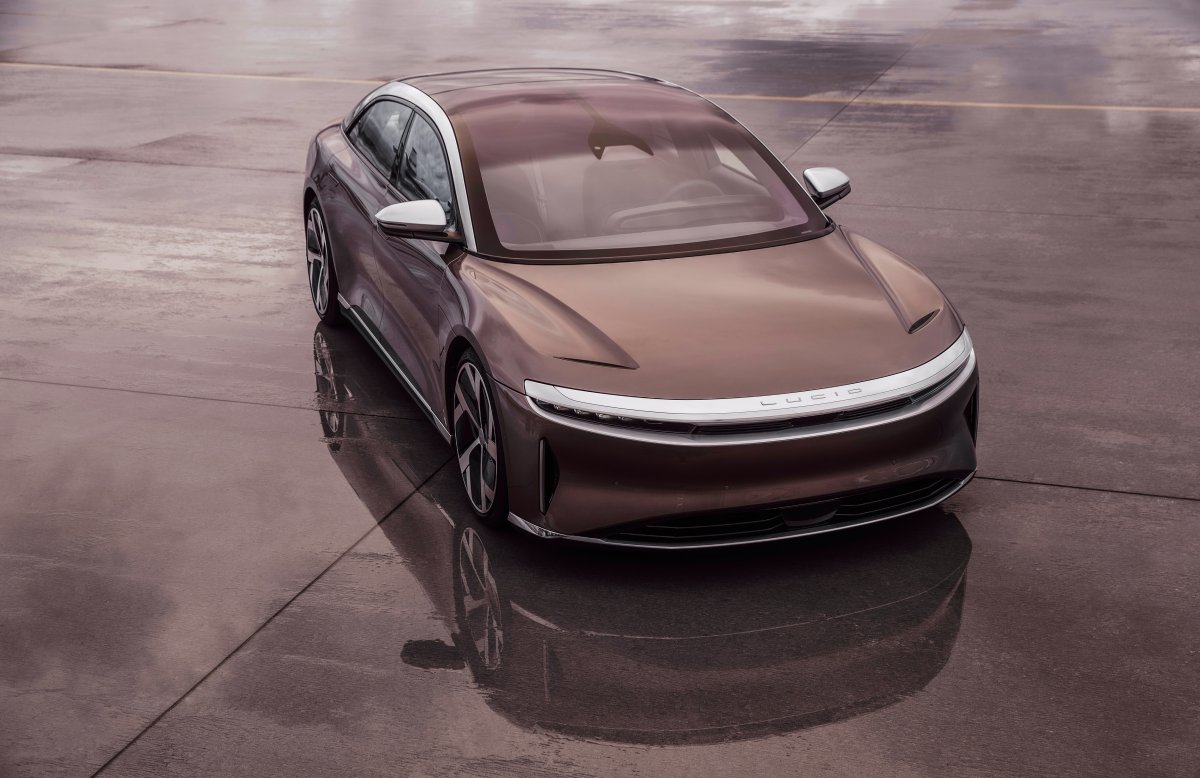

X: With model names X1 through X7, plus its xDrive system, BMW basically owns this letter—along with “i,” which indicates “electric.” The newest X to be revealed is the BMW iX5 Hydrogen, an FCEV that was unveiled this spring, with a production version expected by 2030. Also this year, three new EVs are expected: the all-wheel-drive BMW iX (up to 520+ hp, 400+ km range), the four-door BMW i4 (up to 530+ hp, 500+ km range), and the BMW i7 luxury sedan (640 hp, 450+ km range).
Y: Based on the Model 3 platform, the Tesla Model Y crossover (480 hp, 500+ km range) has already sold more than 500,000 units worldwide, despite only coming to market in 2020.
ZEV: By common definition, Zero-Emission Vehicles include plug-in hybrid, solar- and hydrogen-powered cars. Confusion arises when considering that hybrid vehicles include gas engines, and the source of electricity might not be “clean.” Even so, analysis indicates considerable environmental benefits with all ZEV types, aside from battery manufacturing impacts, which are still being evaluated.
[yikes-mailchimp form=”1″ title=”1″ submit=”SUBSCRIBE”]


